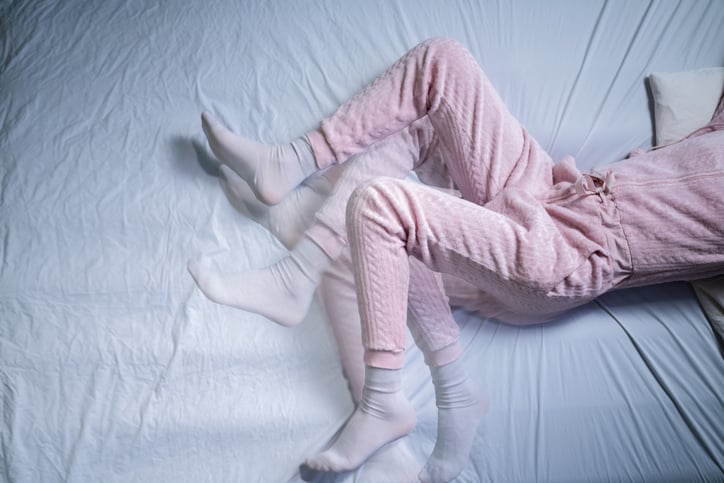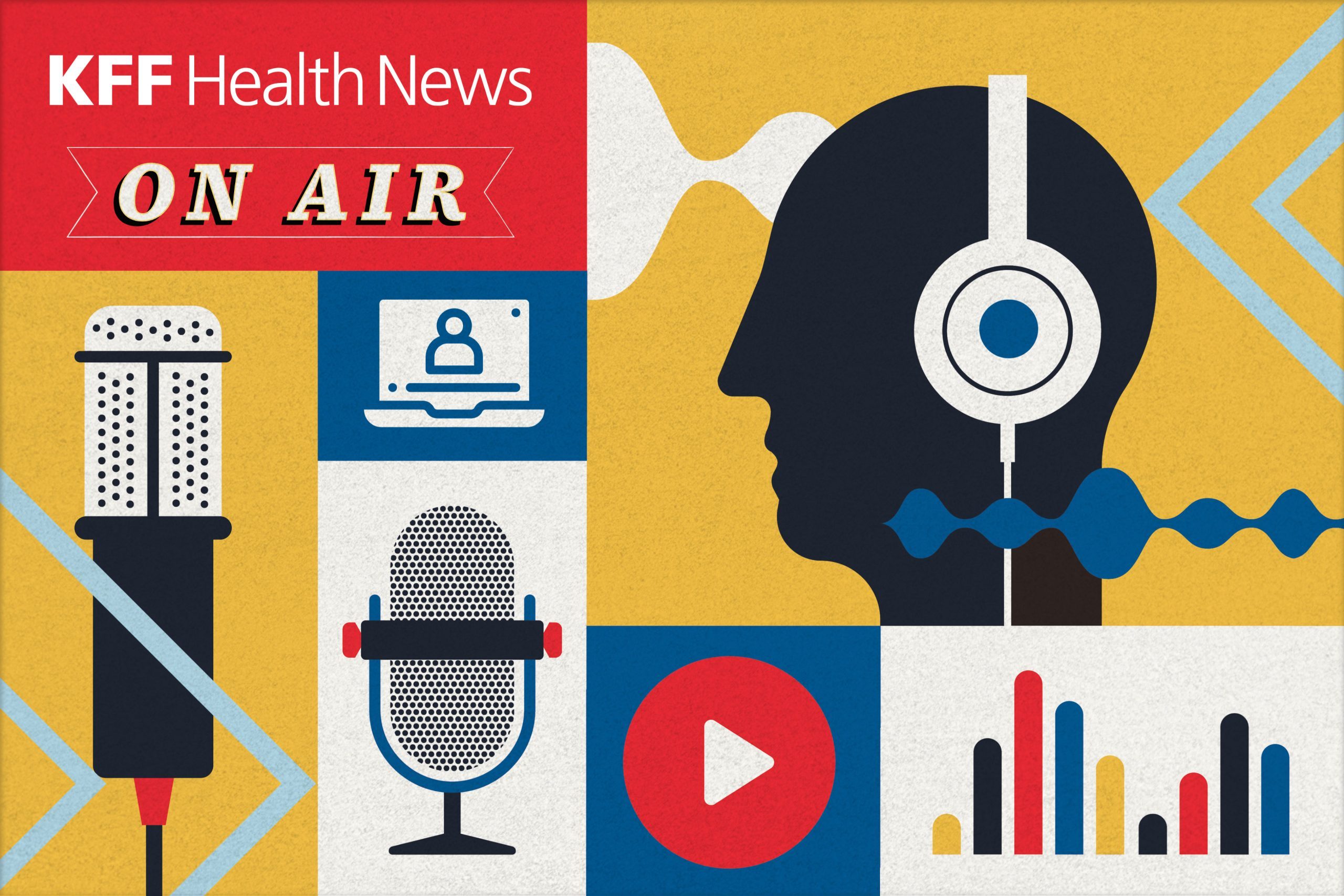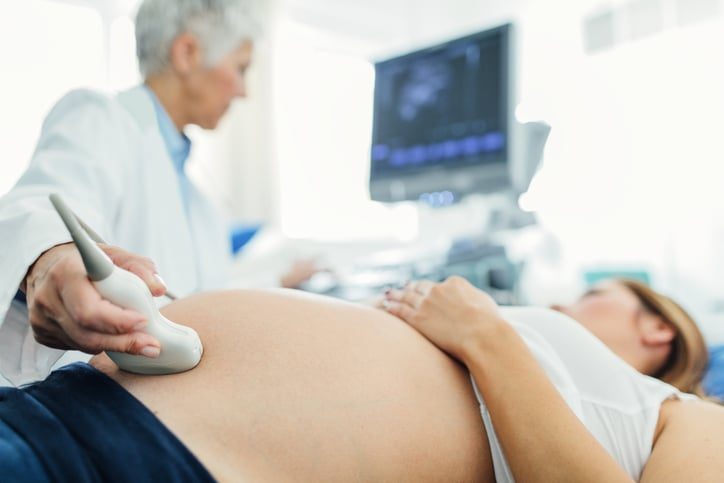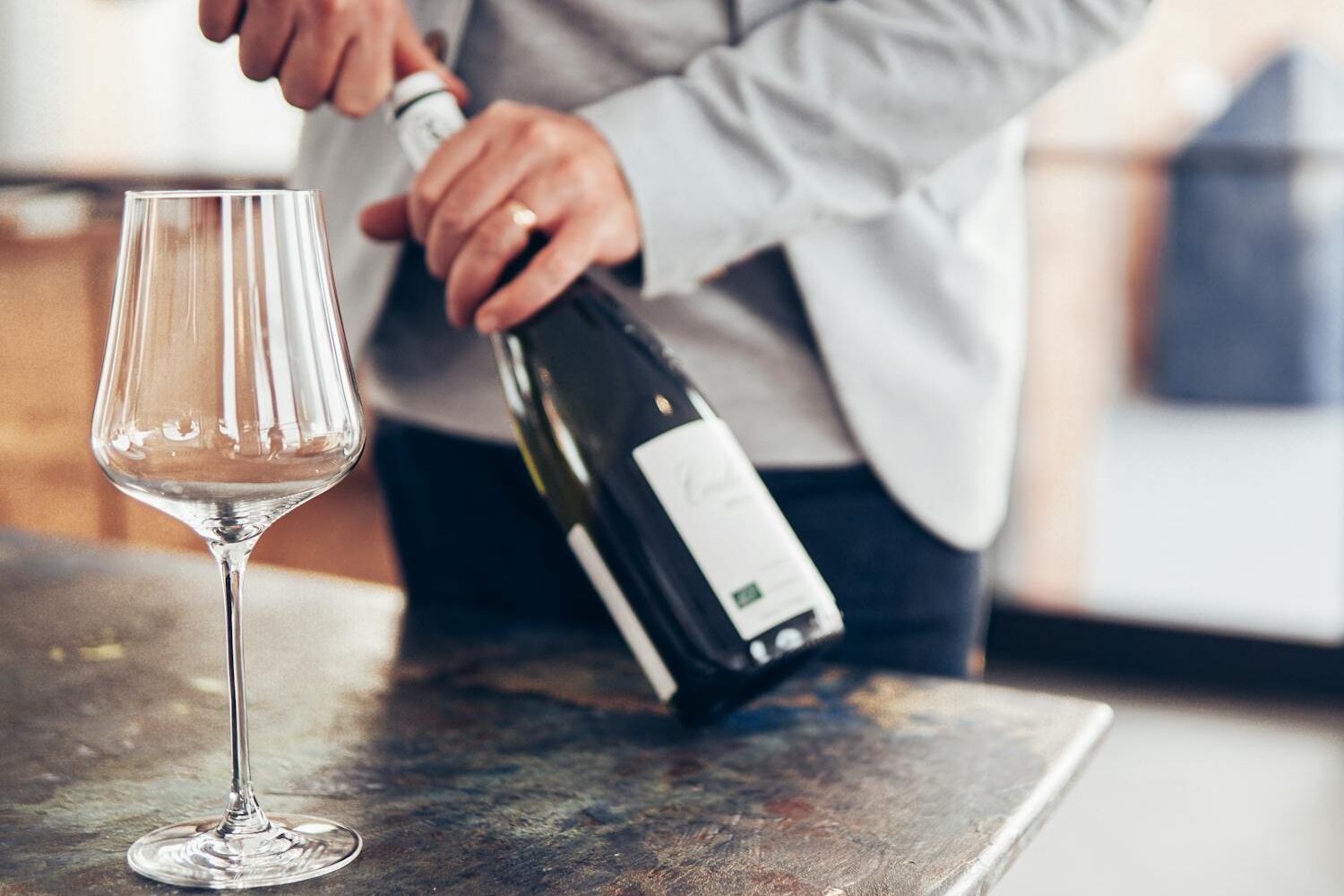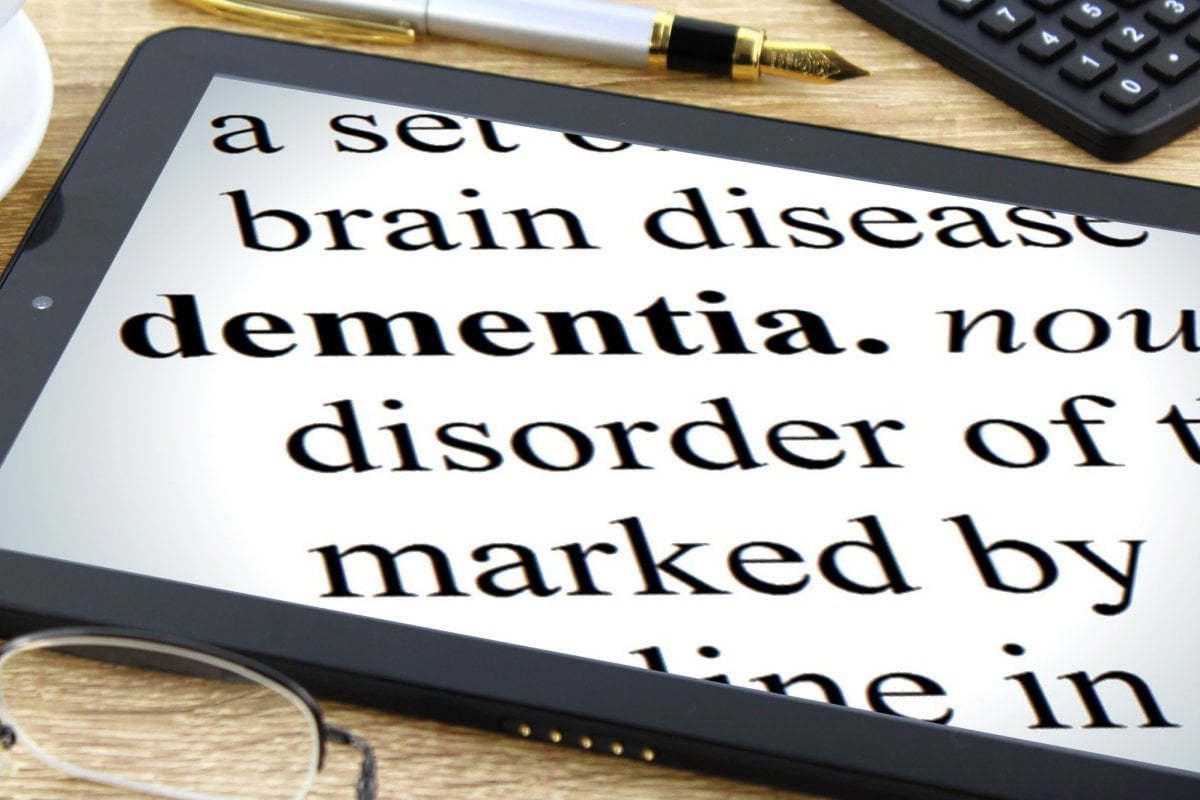”She stood in the storm, and when the wind did not blow her way, she adjusted her sails.” — lawyer and cancer patient Elizabeth Edwards, from her memoir “Resilience: Reflections on the Burdens and Gifts of Facing Life’s Adversities”
Almost three years later, I still haven’t recovered to my baseline before my first case of COVID-19. And now I’ve been diagnosed with it a second time! In between, I’ve been living with its long-term effects, which have been exhausting. I wonder when, if ever, I’ll be done with it.
The troubles of long COVID
I’m grateful yet frustrated the more I think about my lingering long COVID symptoms. On one hand, I’m thankful that, before my second diagnosis, I was recovering at least to some degree after nearly losing my first battle with it. On the other hand, I especially struggled with long COVID because I also manage pulmonary hypertension (PH) and other coexisting illnesses, and balancing each concern and its symptoms was an ongoing juggling act.
Recommended Reading January 30, 2023 News by Steve Bryson, PhD
January 30, 2023 News by Steve Bryson, PhD Potential Treatments for PAH Patients With COVID-19 Identified
I believe my intensified fatigue, mood changes, brain fog, and chest tightness come from long COVID. I have similar symptoms because of my PH.
Recently, I read that many continue to experience long COVID symptoms for months or even years. It’s still too early to know if these troubles continue for a lifetime. I asked my healthcare provider about this, and she agreed. Although I’m not excited to hear that, I’m grateful for continued research about this virus.
My first exposure to COVID-19 was distressing. Post-traumatic stress disorder (PTSD) often came to my mind as I struggled with possibly having the virus again, before my second case was confirmed.
Despite blowing my sails farther from shore, my experiences with COVID-19 had made me resilient and reminded me of my strength. The worst part of that first experience was that I was all alone. The hospitals were on lockdown, and no visitors were allowed; also, my husband, Manny, had COVID-19 simultaneously.
From long COVID to a new diagnosis
I was planning to write about my experience with long COVID, but the story now has a twist since Manny recently came home from work feeling like crap. He tested himself for COVID-19, and after the wait, he got a positive test result. He tested again to confirm it.
Only a few days earlier, I’d thought I had an upper respiratory infection (URI) and was treated with antibiotics and a nebulizer. My emotions immediately went on high alert, and Manny wanted me to test for COVID-19. But I tested negative twice. However, we were still concerned about my URI and the recent exacerbation of my chronic pain and PH symptoms.
I was supposed to have a chest X-ray if the treatment wasn’t resolving my URI. Before I had that X-ray, I tested positive for COVID-19, which gave me mini-flashbacks of my initial experience. I knew I didn’t want a return to that traumatic predicament. PTSD hasn’t seemed to leave my brain despite my attempts to keep busy.
PHighting to stay out of the hospital
Will I need to be hospitalized? The possibility instills fear, anger, and many other emotions I can’t begin to decipher. Post-traumatic stress shows up no matter how hard I try to fight it. However, each time I struggle with breathing, chest pain, or other chronic pain, I’m reminded of how much my body went through with that first case of COVID-19.
I can’t take Paxlovid (nirmatrelvir/ritonavir), an oral antiviral, because it interacts with my PH medication and chronic kidney disease. I was referred to the infectious disease clinic for an intravenous antiviral, remdesivir. It’ll review my case to see if I qualify.
As of this writing, I’m waiting. How long does it take to get an appointment after a referral? It’s frustrating that healthcare professionals don’t rush such appointments, since we’re biting our nails while waiting for treatment. I felt like bawling my eyes out on the phone; they told me that even an urgent referral could take three to five business days before I’d know if I qualified and can then schedule an appointment.
Of course, we all know what my healthcare team will suggest if symptoms worsen while I’m waiting. You guessed it: a trip to the hospital.
I’m trying to remain optimistic as I wait on the edge of my couch. But I’m adjusting my sails once again.
Note: Pulmonary Hypertension News is strictly a news and information website about the disease. It does not provide medical advice, diagnosis, or treatment. This content is not intended to be a substitute for professional medical advice, diagnosis, or treatment. Always seek the advice of your physician or other qualified health provider with any questions you may have regarding a medical condition. Never disregard professional medical advice or delay in seeking it because of something you have read on this website. The opinions expressed in this column are not those of Pulmonary Hypertension News or its parent company, BioNews, and are intended to spark discussion about issues pertaining to pulmonary hypertension.
The post Adjusting my sails again with a 2nd case of COVID-19 appeared first on Pulmonary Hypertension News.
Original Article


